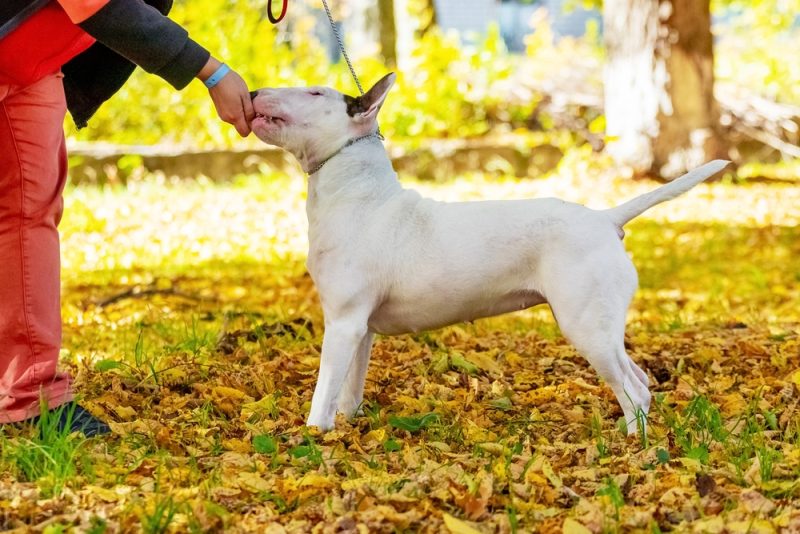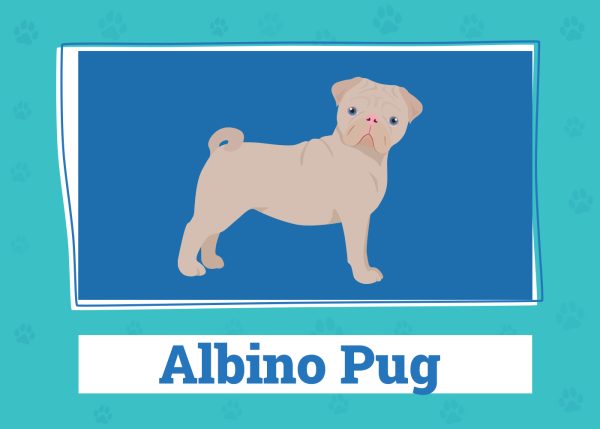In this article
View 5 More +Littermate syndrome is a serious behavioral condition that occurs when two or more siblings from the same litter are raised together and form such a close bond that they get stressed when separated. They cannot form bonds with humans or other animals, and while it can be treated and overcome, doing so takes a lot of work and persistence. Owners must overcome the littermates’ reliance on one another while socializing dogs typically past the standard socialization window.
Read on for more information on this behavioral condition, including the signs and what can be done to combat it.

What Is Littermate Syndrome?
Adopting or keeping two or more puppies from the same litter can seem like a good idea. They have company, and they already know one another, but it doesn’t always work out positively.
Littermate syndrome is a behavioral condition that occurs when two siblings from the same litter become too reliant on one another. Their dependence on each other is so strong that they do not form bonds with their humans and will not positively interact with people or with other animals.
Initially, it can seem cute that two puppies are so close, but over time, especially as the dogs get a little older, this can lead to serious behavioral challenges for the owners and dogs.

What Is the Cause of Littermate Syndrome?
There are no known physical causes of the condition. Dogs should be socialized from a young age, which means introducing them to people and other animals so they can form new bonds and experience new and potentially challenging situations. A dog with littermate syndrome fails to get this socialization and may struggle with related behavioral conditions.
Two or more developing puppies without the guidance of a mother often engage in aggressive play and feed on each other’s energy. This exacerbates any aggression-related problems against a third party.
If you have adopted one dog, it can be challenging to identify behavioral problems without knowing the dog’s history.
We recommend consulting a veterinarian if you have any questions or concerns about your pet’s behavior and need training guidance.
If you need to speak with a vet but can't get to one, head over to PangoVet. It's our online service where you can talk to a vet online and get the advice you need for your pet — all at an affordable price!
Where Are the Signs of Littermate Syndrome?
Anxiety and signs of fearfulness typify littermate syndrome. These are most commonly seen when a dog is introduced to a new situation or meets new people or other animals for the first time. It will especially be a problem if they’re separated from their sibling. Common signs include:
- Separation Anxiety: The dog will usually become anxious when separated from their littermate, even for a very short period. They can show extreme anxiety when left alone and may not eat, drink, or play with toys.
- Poor Social Skills: Your dog may show signs of anxiety or, in some cases, aggression when meeting new people or being introduced to other dogs or animals.
- Basic Training Issues: It can be difficult to provide basic training to dogs with littermate syndrome. They will look to their littermate for guidance and may not respond to commands and training provided by others.

What Are the Potential Dangers of Littermate Syndrome?
Littermate syndrome can lead to heightened anxiety in dogs. They can become depressed and withdraw from their family. It can also lead to other behavioral problems and even aggressive behavior. The longer the problem is allowed to continue, the harder it will be to combat it.

How to Manage Littermate Syndrome
Managing littermate syndrome requires separating the dogs, but it can lead to anxiety, so it needs to be done gradually and carefully. Try the following steps, and if in any doubt, consult a professional animal behaviorist.
- Offer them time alone. Start gradually, but separate the two dogs for brief periods every day. Ensure that the two do not share a crate, have separate bowls, and are fed apart from one another. You can start by putting the bowls a few feet apart and gradually increasing the distance between the bowls before eventually feeding them in different rooms and even at different times.
- Train them separately but within the eyesight of one another. Separate the dogs and give them basic training, but ensure they can see one another. You can gradually move the dogs out of eyesight, initially for a short period and then for longer periods as they get used to being apart.
- Socialize them together. Take both dogs on walks and let them meet new people and other dogs. This will help them socialize without the anxiety that comes from being apart.
- Walk them separately. It’s much easier to walk both dogs, but you’ll have to take them on separate walks to encourage more independence. Watch how they react when they’re alone so you can determine what needs to be done.

Frequently Asked Questions (FAQs)
Can Puppies From Different Litters Get Littermate Syndrome?
Although littermate syndrome is most commonly witnessed in puppies from the same litter, that isn’t always the case. Two unrelated puppies of the same or similar age who form a very close bond when they are a couple of months old can develop the condition despite not being from the same litter.
How Far Apart Should Puppies Be to Avoid Littermate Syndrome?
Ideally, puppies should be 6 months apart to avoid developing the condition. Alternatively, if you want dogs of the same age, get them 6 months apart and ensure that they are both properly and separately socialized to prevent the problem from developing.
How Long Does It Take for Littermate Syndrome to Develop?
Littermate syndrome can start to develop from just a few weeks of age. Generally, it becomes a problem when puppies are still together after 3 months. This is when the dogs should be learning and socializing, and it is when the close bond can become a problem.

Conclusion
Littermate syndrome is a serious behavioral problem that can develop when young dogs are brought up together and form too close of a bond. They do not get appropriate guidance or socialization and depend on one another for emotional and behavioral support. Once developed, correcting the issue takes a lot of work and time, but it can usually be corrected. Avoidance is better than trying to find a remedy, however. If you want two similarly aged puppies, ensure they’re at least 6 months apart and are properly trained and socialized individually.
See also:
- Adopting Littermates: Pros & Cons Explained
- Chest Bone Deformities in Dogs: Signs, Causes and Care Guide (Vet Answer)
Featured Image Credit: Pavel Shlykov, Shutterstock




















